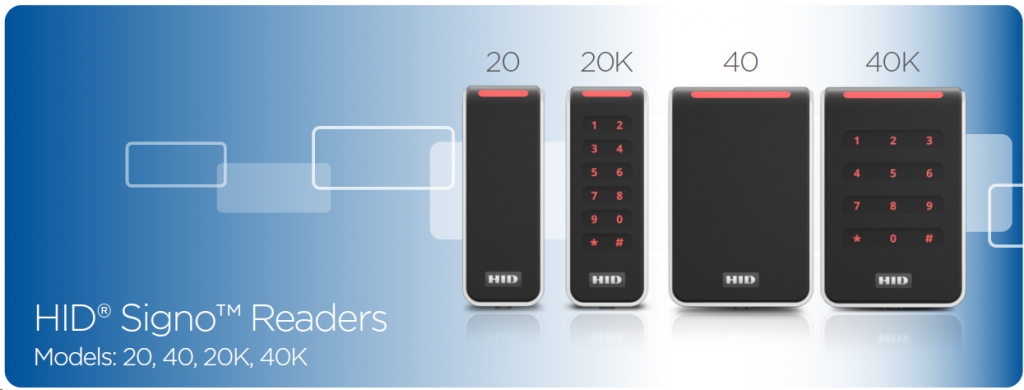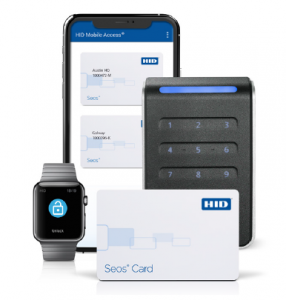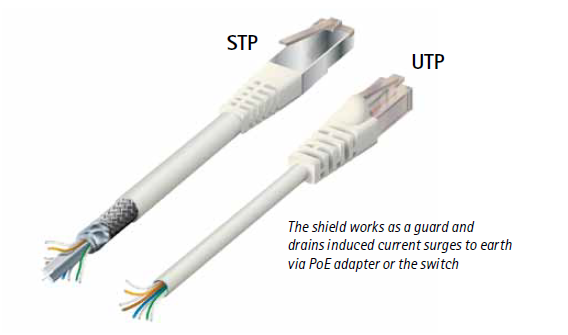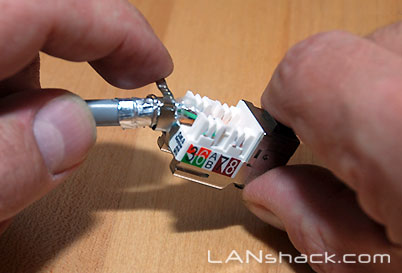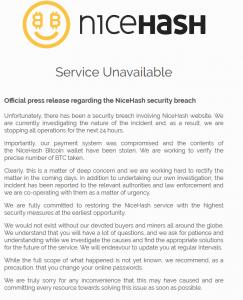Coronavirus COVID-19 Disinfection on the Cheap
Coronavirus (COVID-19) has gathered significant attention worldwide because of how dangerous the virus is, how easily it spreads, and how difficult it is to detect. So most people, whether government, professional, or civilian, are looking for an easy way to protect themselves and others as best they can. Things like facial and toilet tissue, surgical masks, and hand sanitizers are selling out in stores and online. As the number of cases in the US increase, so will the panic.
But the military has dealt with this kind of thing for a long time, and the number one thing they rely upon for disinfecting is good old fashioned Sodium or Calcium Hypochlorite, also known as “bleach”. There are many kinds of bleach, but Sodium Hypochlorite is typically referred to “Clorox” bleach. Both Sodium and Calcium Hypochlorite are widely available, but we prefer Calcium Hypochlorite because it typically contains more available chlorine per volume than Sodium Hypochlorite. Bleach is a generic term which describes a chemical with the inherent properties of removing color, whitening, and disinfecting. It does this by oxidation, which with “Clorox” is by a chemical reaction which causes the proteins in germs to lose their cellular structure, thus destroying them.
“So what?” Everybody knows that bleach kills germs. Yes, but did you know that even a small concentration of bleach kills germs? You don’t need to dump a gallon of Clorox on everything to kill germs. You can dilute it down to as little as .5% and still effectively kill germs on contact. You can even dilute down to .05% and still be effective, but the exposure time becomes much longer. So what do we (“not-healthcare professionals”) suggest for every day people to use this solution?
Something as simple as a mini-spray bottle (think travel size pump hair spray bottle) with a .5% solution of Calcium Hypochlorite in water will be easily portable and moderately effective for most uses. The dilution ratio doesn’t have to be exact, but it should be close. If it’s a little higher that’s okay, but don’t go crazy. The concentration will determine HOW LONG you must maintain contact with the solution, so start with a known concentration and then blend down. Bleach is a reactive chemical, and deteriorates over time in higher concentrations, so choose a product that is individually sealed and use as needed. The lower concentration of .5% should last for months in a sealed container. For our mixture, we liked something like this pool product from Amazon.com. It is 68% concentration in powder form in 1lb packs. To make a 55 gallon drum of .5% solution, mix approximately 3 1/4 lbs of powder to 55 gallons of water. Or for each gallon, add ~1 oz of Calcium Hypochlorate and mix thoroughly. Remember that because it’s a solid powder it won’t mix easily in water, so if possible use warm water to help it dissolve more quickly and thoroughly.
So, fill the spray pump bottles and toss them in your pocket, your office drawer, your glove box, or backpack. Spray on anything you want to touch, or on your hands after you’ve touched something you shouldn’t have. Rub in thoroughly. The .5% concentration shouldn’t discolor most fabrics or materials, but will definitely have a slight chlorine odor to it. You can add scents to the mixture if desired to make it more tolerable for those sensitive to chloramine smells, but don’t add so much that it dilutes the solution to be ineffective.
For more information see the US Army Public Health Command bulletin on Preparing and Measuring High Chlorine Concentration Solutions for Disinfection: TIP_No_13-034-1114_Prepare_Measure_High_Chlorine_Solutions
Posted in: Company News
Leave a Comment (0) →

